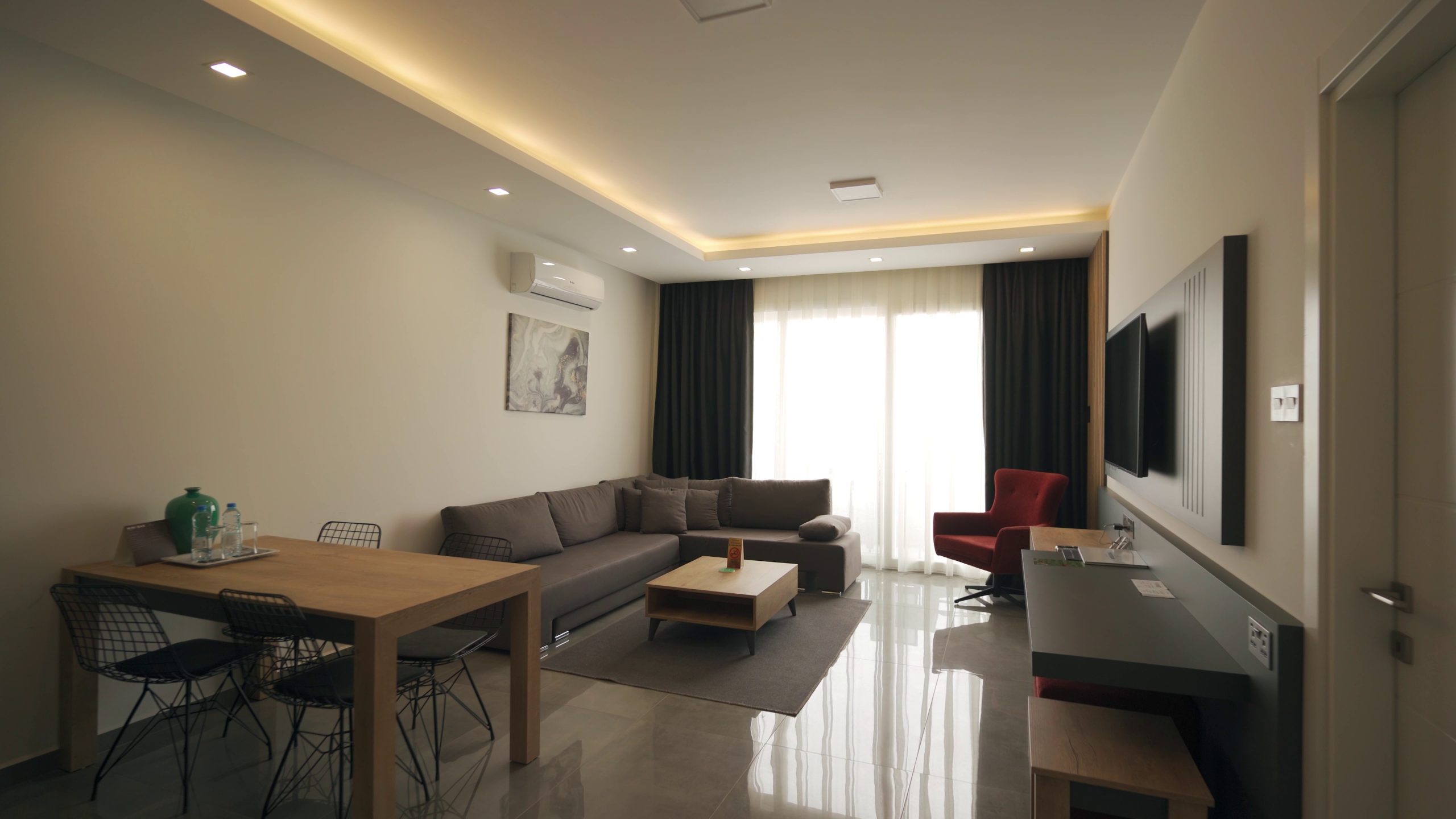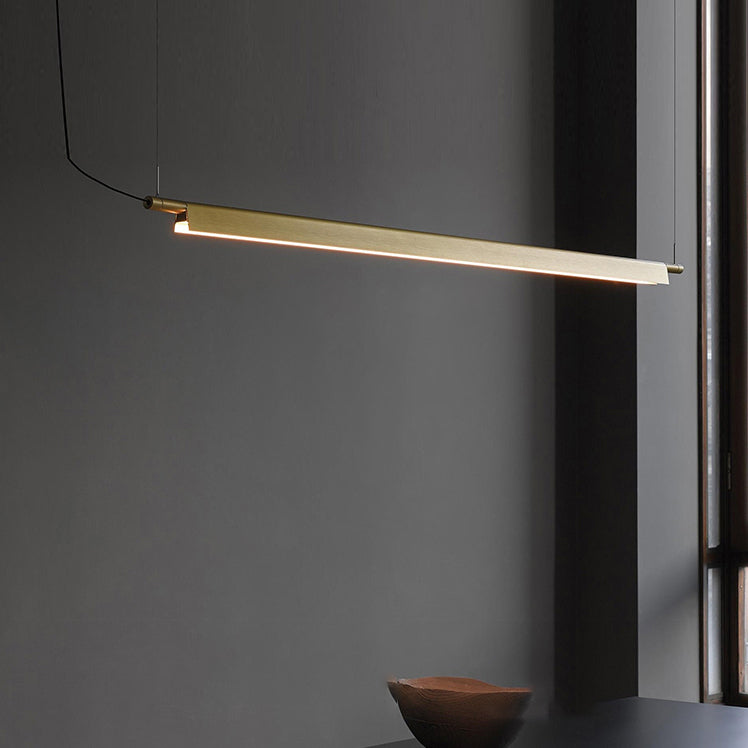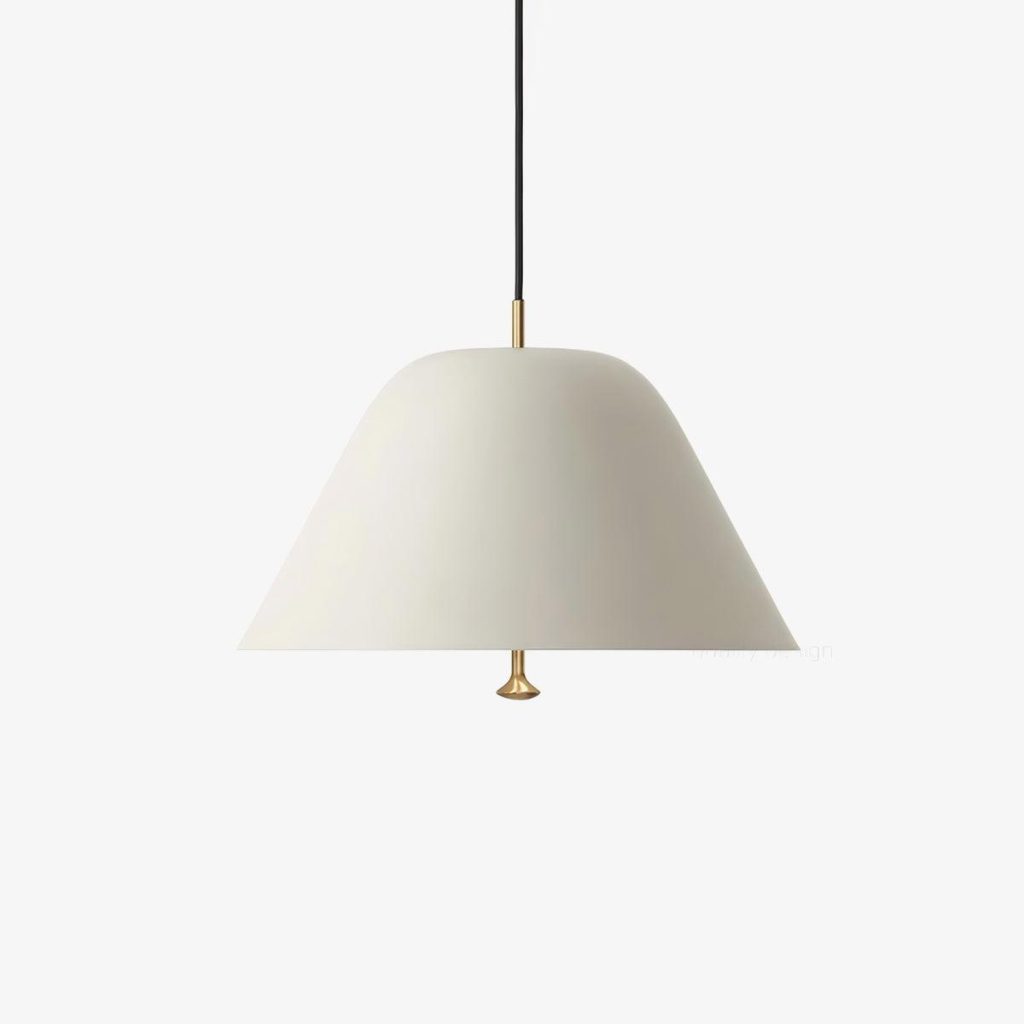Lighting in Minimalist Home Design: A Comprehensive Guide

Lighting is an essential element in home illumination. Though fixtures are not particularly large, their role as the primary source of light makes them a focal point in any space, significantly influencing the ambiance of a home. In minimalist interior design, which prioritizes simplicity and clean lines, the prominence of lighting becomes even more pronounced!
1. Principles for Minimalist Lighting
For minimalist lighting, remember two golden rules: simple shapes and neutral colors! Stick to these, and you’ll drastically reduce the risk of design missteps.
① Simple Shapes
Minimalist interiors thrive on clean, geometric forms. Avoid overly elaborate fixtures like crystal chandeliers, bean-shaped cluster lights, or feather lamps. Instead, opt for sleek, understated designs that align with the straightforward aesthetic of minimalist spaces.

② Neutral Colors
Choose lighting fixtures in muted tones like white, black, gray, or metallic finishes (e.g., brushed brass or stainless steel). Steer clear of bold colors like red, blue, or green, which can clash with the serene, uncluttered vibe of minimalist decor.

In short, minimalist lighting should blend seamlessly into the space—unobtrusive in form and color—to maintain the “less is more” philosophy. Overly complex or vibrant fixtures can disrupt the harmony of a minimalist interior.
2. Recessed Lighting: The Go-To Choice
For minimalist homes, “hidden lighting” (recessed or indirect lighting) is a popular choice. It creates a sophisticated, layered illumination while keeping fixtures out of sight.
① Ceiling Recessed Lighting
- Install a flat or subtly textured ceiling with evenly distributed downlights, spotlights, and LED strips.
- Adjustable spotlights and strips allow you to control light direction and intensity, enhancing spatial depth and warmth without visual clutter.
② Wall-Integrated Lighting
- Incorporate hidden LED strips into built-in cabinets, shelves, or countertops to highlight focal points like artwork or decor.
- This adds functional task lighting while maintaining a clean look.
③ Floor-Level Lighting
- For raised platforms (e.g., tatami beds or floating furniture), embed subtle floor lighting to create a soft, ambient glow.
- This technique adds dimension and guides movement in low-light conditions.
3. Conventional Fixtures for Minimalist Spaces
If recessed lighting isn’t feasible (e.g., low ceilings), consider these minimalist-friendly alternatives:
① Ultra-Thin Ceiling Lights
- Opt for flat, geometric ceiling lights in neutral tones. They’re budget-friendly and blend effortlessly into minimalist interiors.
② Surface-Mounted Downlights
- These fixtures offer a clean, modern look. Their minimalist design complements uncluttered spaces while providing focused illumination.
③ Track Lighting
- Sleek track systems with adjustable heads allow flexible directional lighting. Perfect for highlighting architectural features or artwork.
4. Keep Accent Lighting Subtle
Minimalist spaces can benefit from secondary lighting like floor lamps, wall sconces, or table lamps—but keep them understated.
- Choose slim, geometric designs with clean lines.
- Use materials like matte metal, frosted glass, or monochrome finishes.
- Avoid ornate or bulky designs; let these pieces double as functional decor.
Final Thoughts
Minimalist design thrives on the mantra “less is more,” and lighting is no exception. By prioritizing simple shapes, neutral hues, and strategic placement, you can achieve a harmonious, clutter-free space that feels both functional and inviting. Whether you opt for hidden recessed lights or minimalist fixtures, remember: every element should serve a purpose while enhancing the overall aesthetic.
Bookmark these tips for your next minimalist home project—your future self will thank you!
Let’s embrace simplicity and let light define the space. 🌟
